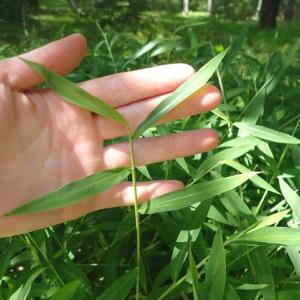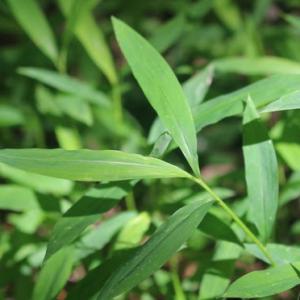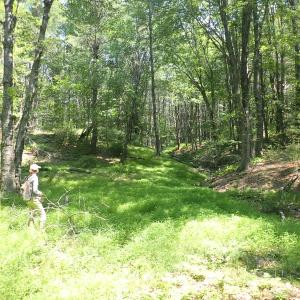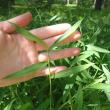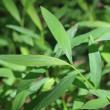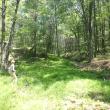Maine Dept. of Agriculture, Conservation, Forestry issues urgent call to action: Help Stop the Spread of Japanese Stiltgrass in Maine
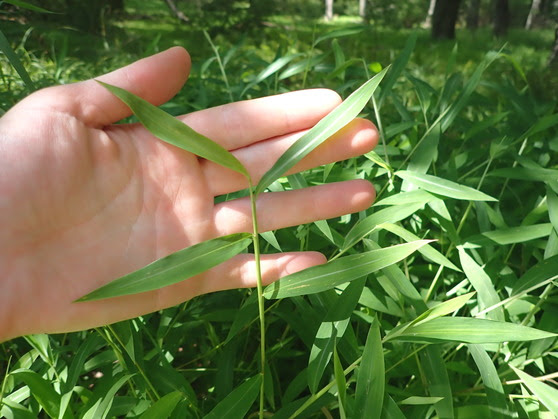 Stiltgrass leaves alternate along the stem and have a silvery stripe along the midrib. (Maine Natural Areas Program photo)
Stiltgrass leaves alternate along the stem and have a silvery stripe along the midrib. (Maine Natural Areas Program photo)
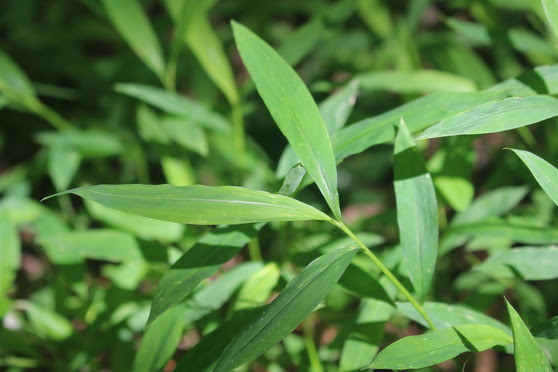 Stiltgrass leaf closeup of silvery stripe along the midrib. (Maine Natural Areas Program photo)
Stiltgrass leaf closeup of silvery stripe along the midrib. (Maine Natural Areas Program photo)
 Stiltgrass can form large, dense infestations in forests (Georgetown, ME). Photo by MNAP
Stiltgrass can form large, dense infestations in forests (Georgetown, ME). Photo by MNAP
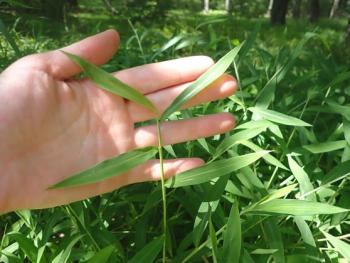 Stiltgrass leaves alternate along the stem and have a silvery stripe along the midrib. (Maine Natural Areas Program photo)
Stiltgrass leaves alternate along the stem and have a silvery stripe along the midrib. (Maine Natural Areas Program photo)
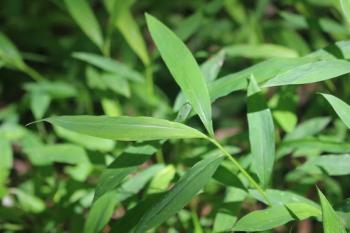 Stiltgrass leaf closeup of silvery stripe along the midrib. (Maine Natural Areas Program photo)
Stiltgrass leaf closeup of silvery stripe along the midrib. (Maine Natural Areas Program photo)
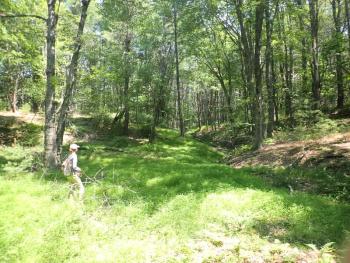 Stiltgrass can form large, dense infestations in forests (Georgetown, ME). Photo by MNAP
Stiltgrass can form large, dense infestations in forests (Georgetown, ME). Photo by MNAP
The Maine Department of Agriculture, Conservation and Forestry (DACF) is urging Mainers to act against Japanese stiltgrass (Microstegium vimineum), an invasive plant that poses a serious threat to the state’s forests, wetlands, and communities.
First detected in Maine in 2020, Japanese stiltgrass has now been confirmed in Sagadahoc and York counties, with a new and concerning patch discovered in York in August 2025. Left unchecked, this fast-spreading invader can overtake native plants, degrade soil health, and even increase the risk of wildfires, according to DACF.
“Japanese stiltgrass is one of the most aggressive invasive plants we’ve seen in Maine,” said Gary Fish, DACF State Horticulturalist. “It crowds out native species, alters the natural balance of our forests, and leaves behind dry fuel that makes our woodlands more vulnerable to fire. We need the public’s help to find and report it before it spreads further.”
Why Japanese Stiltgrass is a Threat
- Displaces native plants: Releases chemicals into the soil and dead thatch left behind prevents trees, flowers, and native grasses from growing.
- Alters habitats: Changes soil chemistry and takes over trail sides, roadsides, wetlands, and forest understories.
- Raises wildfire risk: Its dry, dead stems create dangerous fuel in the fall.
The plant grows 1-3' tall and spread outward producing thousands of tiny seeds that hitchhike on boots, tires, animals, and equipment such as lawnmowers. Seeds can easily travel to new areas and sprout each year.
How You Can Help
Residents are asked to stay alert, especially in July and August when the plant is easiest to spot. Look for:
- Smooth, pointed leaves (2–4 inches long) with a shiny silver stripe down the middle
- Shallow roots that make the plant easy to pull up
- Reddish stems later in the season
- Seeds forming in September–October that resemble crabgrass
“Every Mainer can make a difference,” said Molly Docherty, Maine Natural Areas Program Director. “By learning to recognize Japanese stiltgrass and reporting it, you help protect our forests, wetlands, and the outdoor spaces we all value.”
A community action day will take place in Georgetown on September 3, 2025, at 9:00 a.m. (rain date: September 5) at 210 Robinhood Road, Georgetown, ME. Volunteers will learn how to identify stiltgrass, slow its spread, and assist with its removal to protect Maine’s natural areas. Participants are encouraged to bring gloves, water, friends, and a weedwhacker if available. For more information, contact Chad.Hammer@maine.gov.
If you suspect you’ve found Japanese stiltgrass:
- Document it – Take clear photos and email the location to invasives.mnap@maine.gov.
- Map it – Report sightings through the iMapInvasives website.
- Remove it safely – Pull plants before mid-September (before seed set). Dispose of plants in a tied trash bag and never compost them.
- Prevent spread – Always clean boots, tires, and gear before leaving an infested area.
Protecting Maine’s Future
Japanese stiltgrass may look like some harmless native grasses like Virginia cutgrass or northern panic grass, but the telltale silver stripe sets it apart. To learn more, visit www.maine.gov/dacf/mnap and explore the “Invasive Species” tab for identification guides and free reporting tools.

